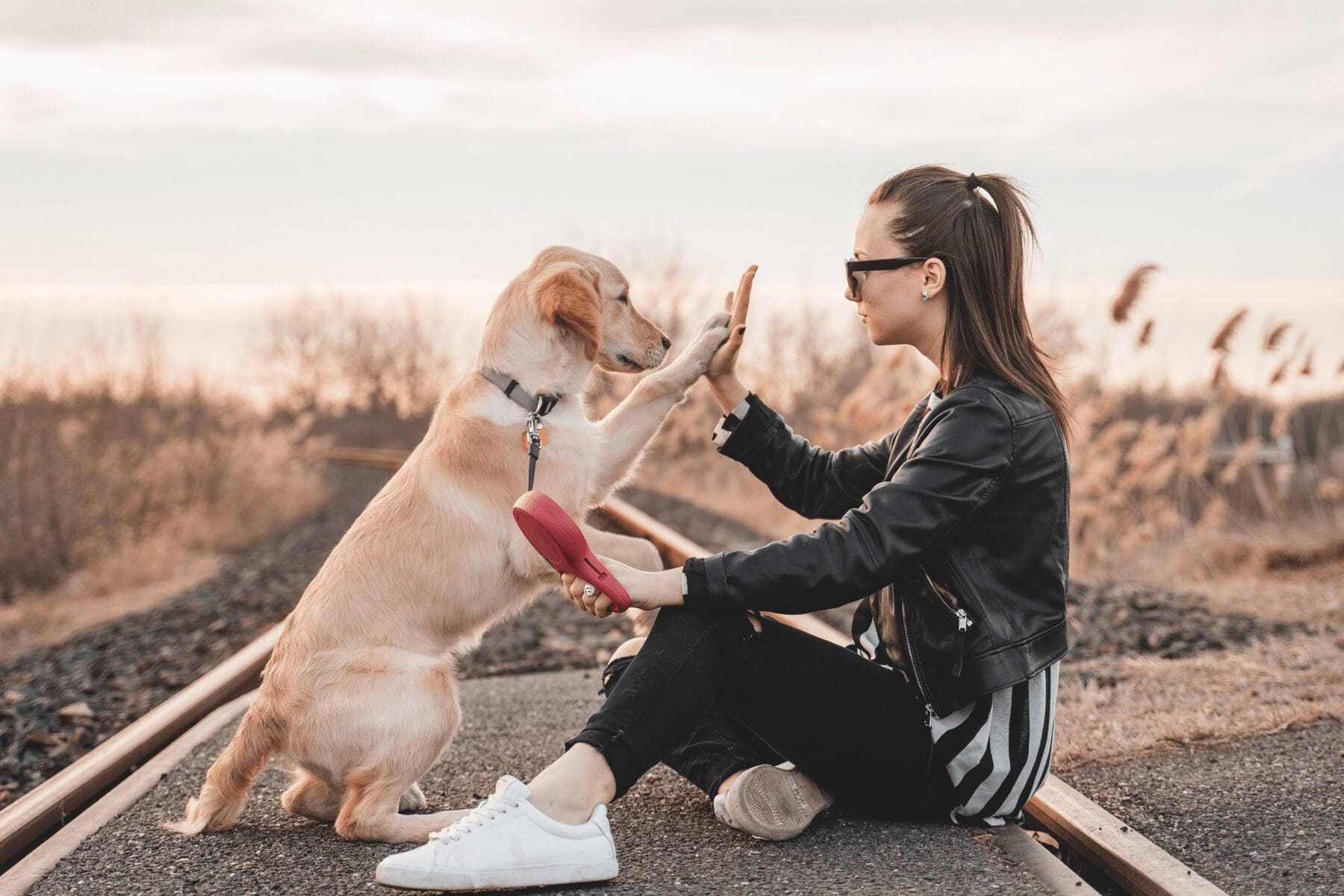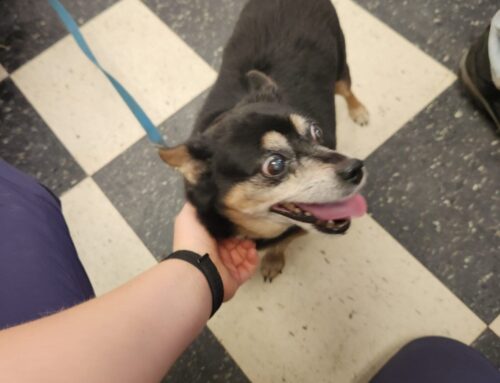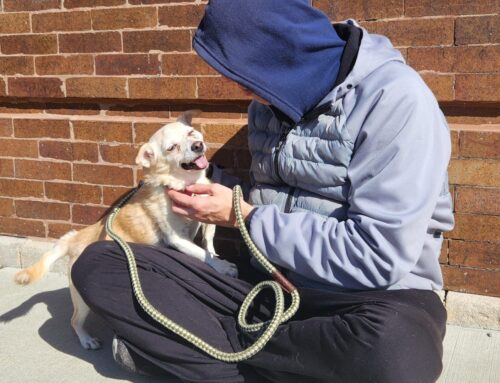
Bringing home a dog is one of the best choices you’ll ever make. You’ll be amazed at just how much love, joy and memories a dog will bring to your family. Getting a dog was the easy choice. Soon you’ll have to make many more difficult choices to keep your dog healthy, happy and well trained. You’ll realize that there’s an incredible variety of options available – enough to make your head spin. Here are seven of the most crucial steps to take when it comes to ensuring the health and happiness of a new canine companion.
- Set up a winning environment – You would not let a toddler out of your sight to explore and get into things that could harm him, so don’t allow your new dog or puppy to explore without constant supervision. Make the environment safe, and most importantly make sure the pup cannot make a mistake such as going “potty” or destroying property in the home.
- Potty train your dog – This should be the easiest thing to do, but when humans fail at this, the dog is usually punished for which he does not understand, or he’s shipped off to the shelter, quite possibly to be killed. The key to potty training is to set up a schedule of taking the dog out (puppies more frequently) in a timely manner; supervising them indoors so they can’t make a mistake; rewarding them with treats when they potty outdoors; and being consistent. Dogs understand routines and rewards!
- Understand your dog’s body language – He cannot speak in your language and most people only know what other experts are simply making up about how your dog is guilty of making a mess or feels superior if he walks out of the door before you or growls because he’s trying to dominate you. Long before a dog bites, he has been trying to show you signals that he’s afraid or concerned about something. When the human misinterprets and ignores the signals, the dog may escalate his attempt to communicate by biting! This could have been avoided if the human had a better understanding of why the dog was afraid instead of trying to punish the fear out of the dog!
- Learn proper handling – This is a new dog in your home and you don’t have much history of what his last home was like. Again, you should employ no punitive measures (hitting, grabbing, forcing, etc.). If you notice the dog is concerned about something, you’ll need to change the dog’s emotional response such that the thing that concerns the dog becomes a predictor of something he likes (food, toy, etc.) Maybe the dog is afraid of men, for example. When men walk into the room, you should feed the dog something special. Over time, the dog learns that men aren’t so scary because when they appear, so does the favorite treat!
- Make a positive introduction with your new dog to the other dog in your household – Dogs should meet outdoors on a leash before going indoors. Rather than a face-to-face meeting, they should be walked parallel, beginning at a comfortable distance where the dogs are not reacting, and if all goes well you can decrease the distance so dogs are walking side by side. If you have a yard, take them there, and drop the leashes, so you can quickly remove the dogs should an altercation arise. If the dogs appear to want to play (dogs are relaxed and giving play bow signals) take them off the leash to run around. Monitor them closely and make sure that the play is interrupted frequently by calling them to you. This is to remove the opportunity for the dog to tip over to arousal and agitation, which can happen when they are overstimulated.
- Protect your dog – Safety should be a priority. Don’t leave your dog alone in the yard. Don’t tether him outside while you go into a store, and don’t ever leave him in your car! You wouldn’t put your child in jeopardy of being abducted (or frying on hot days). Keep him safe from strange dogs by not having a meet-and-greet while out for a walk. You don’t know the other dog and they could be sick or unfriendly. Also, leashes can become tangled and dogs could panic. Well-socialized dogs should play unleashed in a secure area.
- Put identification on your dog – Even if he’s micro-chipped, it is much easier and faster if someone finds your dog to read his dog tag information and return him to you. Without visible tags, you’re relying on someone taking your dog to a shelter, veterinary hospital, or doggie daycare, hoping that the facility has a scanner to obtain the information from the microchip. And remember if your information has changed (phone contacts, address, etc.) please update your records with the microchip company.
Before your dog becomes another shelter-dog statistic, we hope you consider whether you have time for a dog before you bring one home. If you do, then find a dog trainer who uses rewards-based positive reinforcement techniques, and make sure you spend the time properly adhering to the training program. Some things should be common sense such as keeping your dog safe or providing a loving and nurturing environment, but other things such as dog behavior issues may need be resolved or prevented with the help of a certified professional who does not use aversive methods to teach you and your dog. Choose wisely and don’t be fooled by marketing ploys. Regardless of the trainer’s credentials or what they’re calling their method: force-free, balanced, positive, etc. IF SOMEONE IS HURTING YOUR DOG, IT IS NOT TRAINING; IT IS ABUSE! If you wouldn’t use the method on your child, don’t use it on your dog! Training can enhance the human/hound experience, which means more time attending dog-friendly places and very little chance of sentencing him to a possible life of confinement in a shelter cage or worse!





